- Prity Skincare Clinic
- Surgeries (Minimal Invasive)
Surgeries (Minimal Invasive)

Surgeries (Minimal Invasive)
There will be no more pain or discomfort caused by Skin Lesion like cysts, Lipoma, cystic acne, folliculitis, boils, carbuncles, and abscesses. Prity Farooq has earned a full qualification as a Aesthetic practitioner for small surgeries. If you are experiencing any of the conditions listed above, make an appointment for a consultation and enhance your confidence.
Surgeries
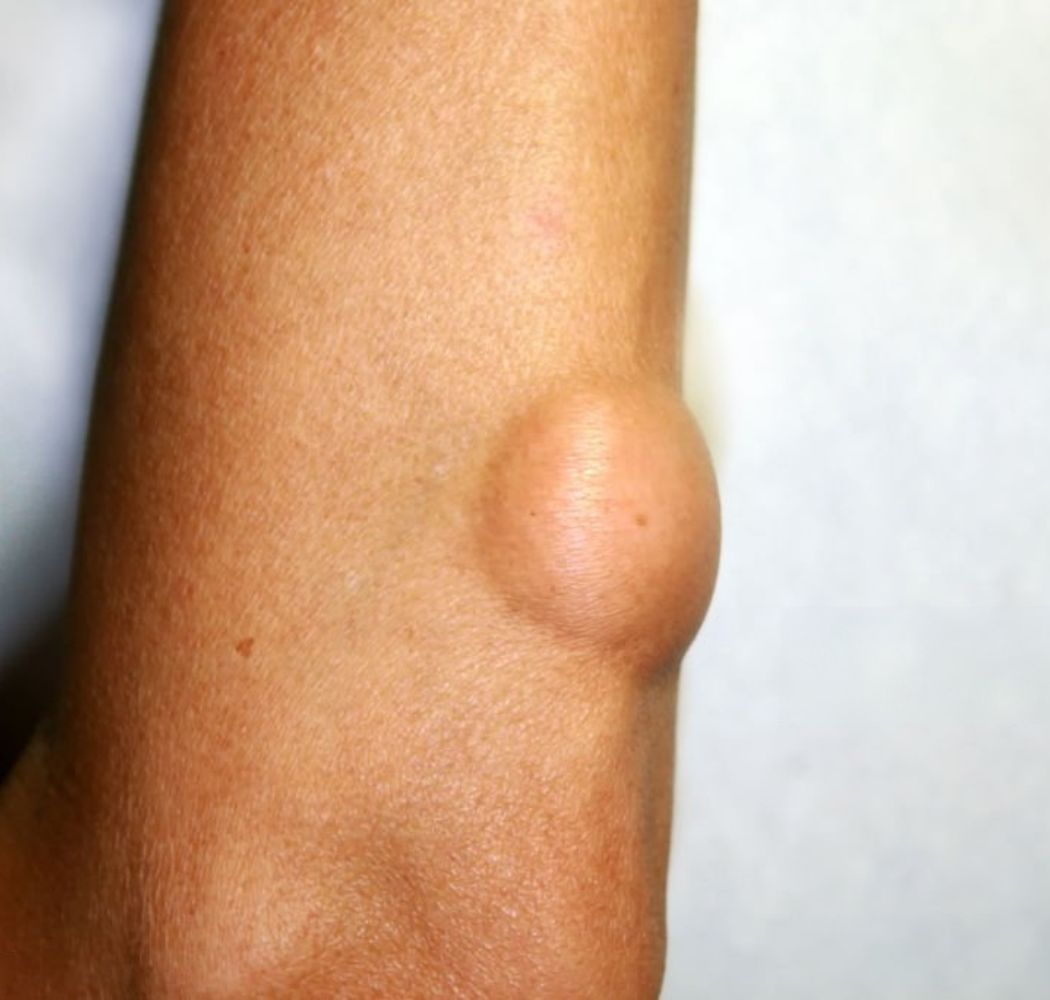
Lipoma Removal
Lipoma removal is typically a straightforward outpatient procedure, usually performed under local anesthesia. The surgeon will make a small incision over the lipoma, carefully remove the lump, and close the incision with stitches. Larger lipomas may require general anesthesia.
Here’s a more detailed look at the process:
Anesthesia: Local anesthesia is most common, numbing the area around the lipoma while you are awake. General anesthesia may be used for larger lipomas.
Incision: The surgeon will make a small incision, usually over the lipoma.
Lipoma Removal: The lipoma is gently separated from surrounding tissue and removed.
Closure: The incision is closed with stitches.
Recovery: Most people can return to normal activities within a few days.
Scarring: A small scar is expected, but it usually fades over time.
Recurrence: Lipomas rarely return after they have been removed.
Price: From £375 to
£750
(Price on consultation)
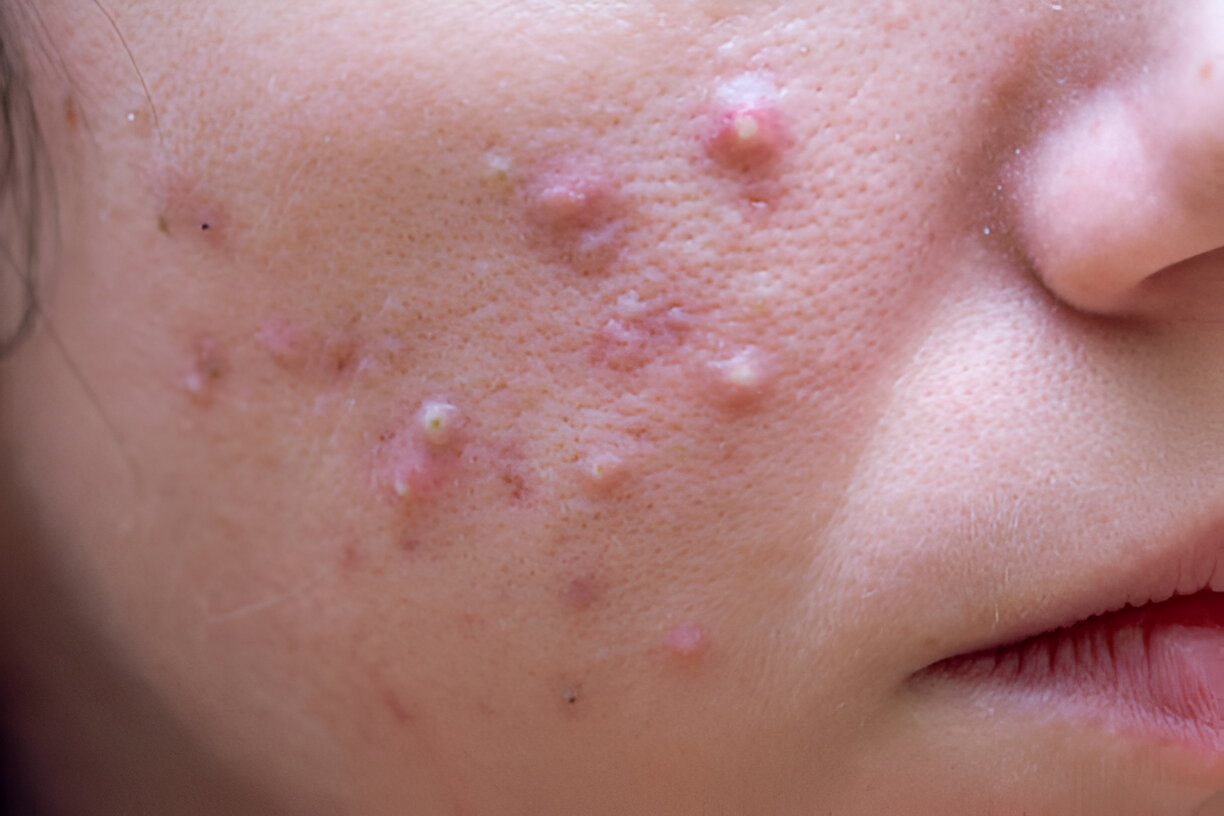
Cystic Acne Removal
Cystic acne is a type of inflammatory acne that causes painful, pus-filled pimples to form deep under the skin. Acne occurs when oil and dead skin cells clog skin pores.
Price: From £150
(Price For Per Treatment)
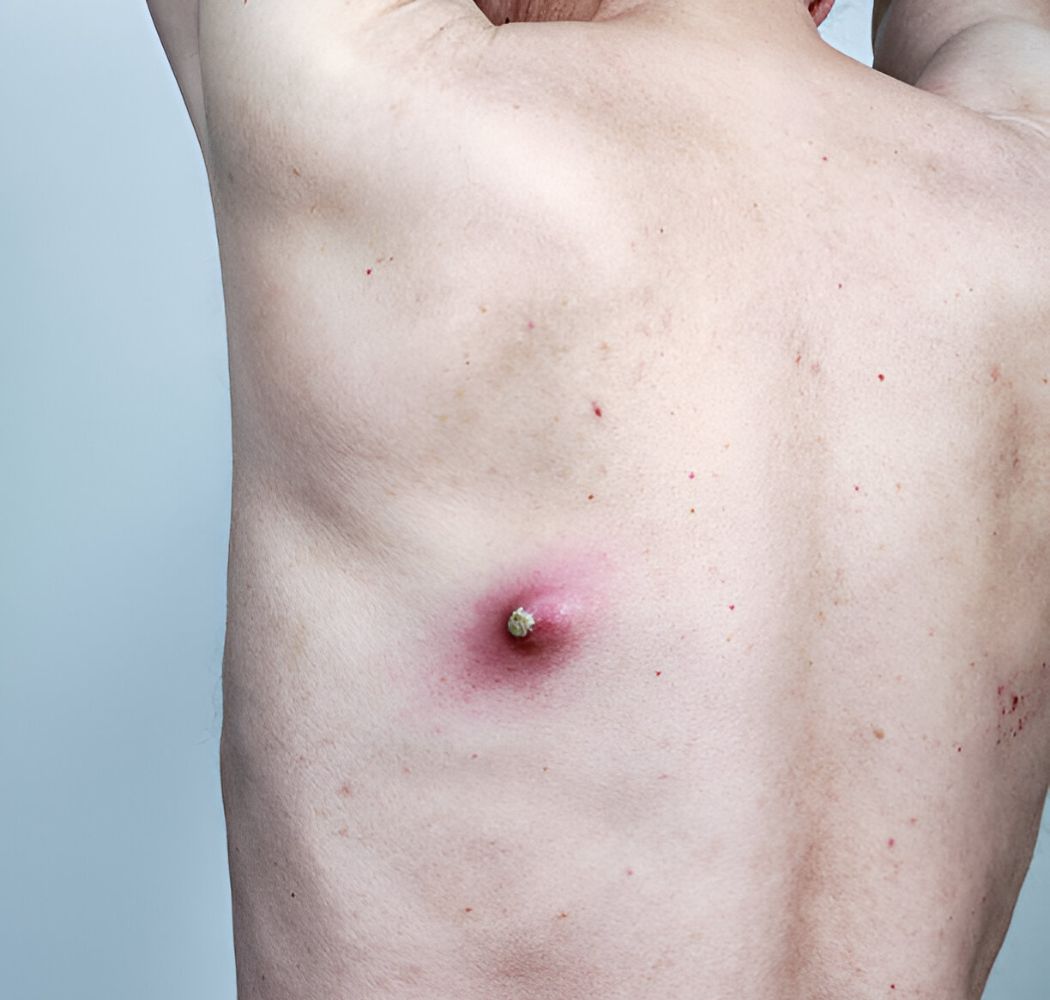
Folliculitis Removal
Symptoms:
1. Red bumps: Small, red, or white-headed bumps around hair follicles. 2. Itching or burning: The affected area may feel itchy or burn. 3. Pain or tenderness: The bumps may be painful or tender. 4. Pus: Some bumps may contain pus. 5. Crusting: In some cases, the bumps may crust over.
Causes:
Bacterial infection: Staphylococcus aureus is the most common cause. Fungal infection: Tinea barbae is a type of folliculitis caused by a fungal infection. Irritation: Rubbing, friction, or shaving can irritate the hair follicles and make them more susceptible to infection. Hot tubs or swimming pools: Certain bacteria, like Pseudomonas aeruginosa, can cause folliculitis in hot tubs or swimming pools.
Treatment:
Mild cases: Self-care, such as applying warm compresses and over-the-counter antibiotic creams, may be sufficient. Severe or persistent cases: Prescription antibiotics or other medications may be needed. Preventative measures: Avoiding irritation, using mild skincare products, and practicing good hygiene can help prevent folliculitis.
Price: From £150
(Price For Per Treatment)
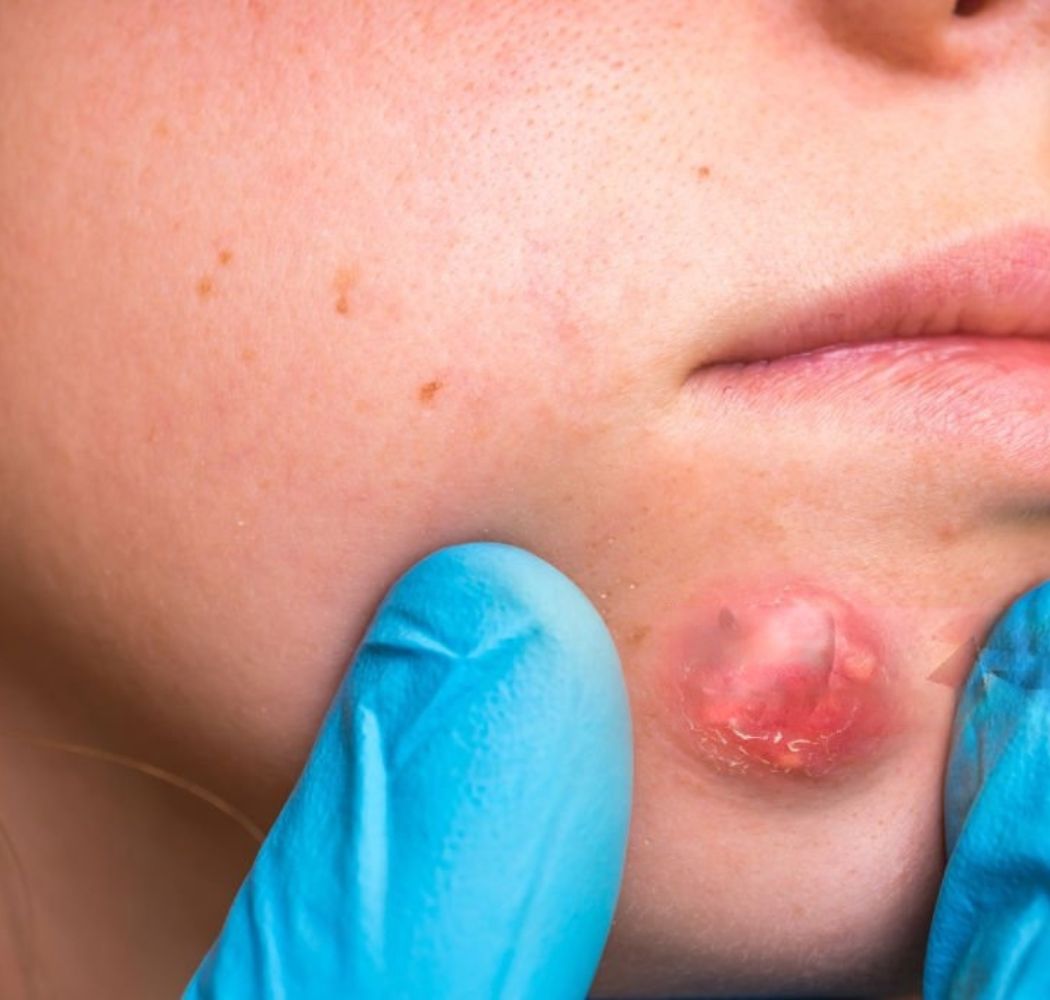
Boil And Carbuncle Removal
Important Considerations: Never squeeze or try to pop a boil or carbuncle yourself. This can spread the infection. Seek medical attention if the boil is large, painful, or doesn’t improve with home care. This is especially important if you have diabetes or other conditions that affect your immune system. Be careful with the wound after drainage. Keep it clean and change dressings as directed by your doctor or Surgeon.
Price From £250
(Price on Consultation)
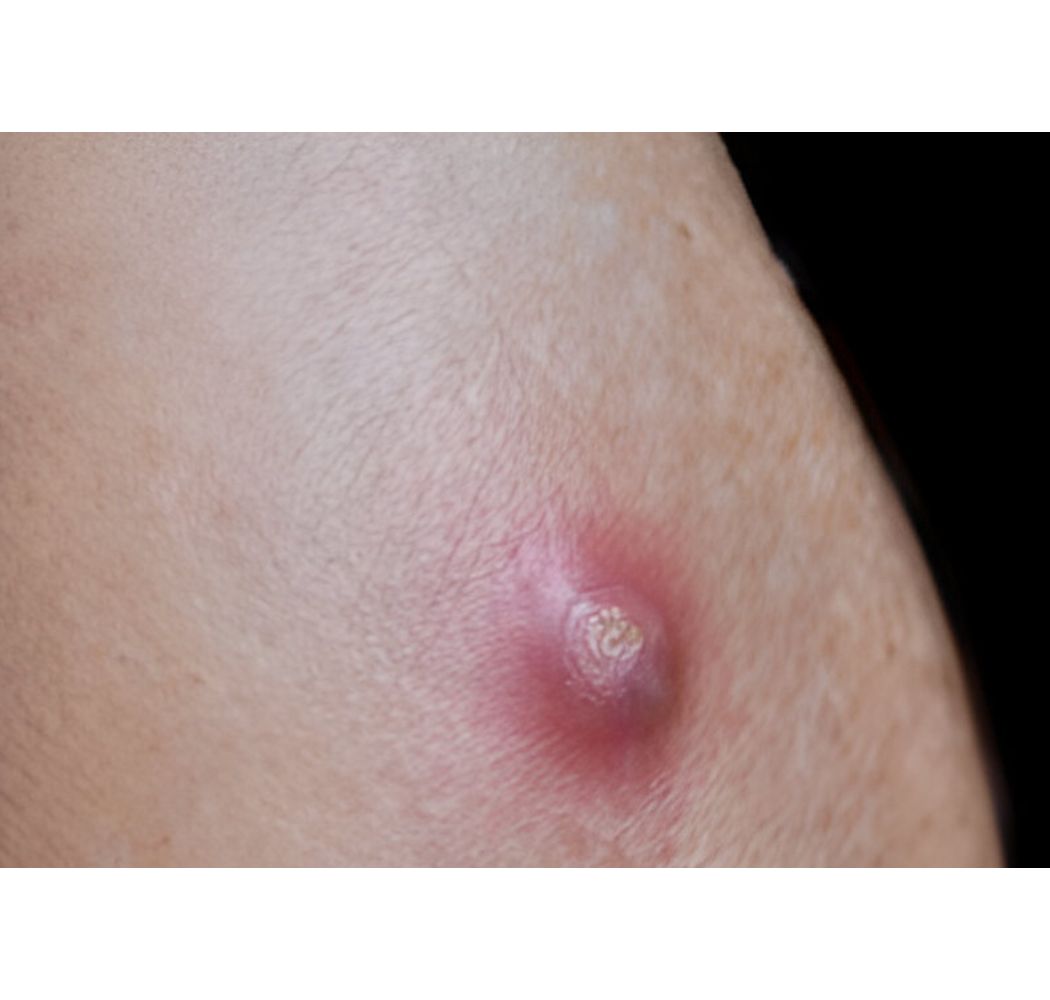
Abscesses
Procedure:
Anesthesia: Local anesthesia is usually used for skin abscesses, numbing the area around the abscess. For deeper or more sensitive abscesses, a general anesthetic may be needed. Incision: A small cut is made in the skin over the abscess to allow the pus to escape. Drainage: The pus is drained from the abscess cavity, and the area is cleaned. Wound Management: The wound is left open to allow continuous drainage. For larger or deeper abscesses, a packing dressing may be used to help keep the wound open and promote drainage, according to NHS Bradford Teaching Hospitals. Antibiotics: Antibiotics may be prescribed to help prevent or treat infection.
WHAT IS AFTERCARE?
Wound Care: The patient will need to keep the wound clean and dry. Pain Relief: Pain relief medication may be needed after the procedure. Follow-up: A follow-up appointment with the doctor may be scheduled to ensure proper healing.
WHAT IS POTENTIAL COMPLICATIONS? While abscess drainage is generally a safe procedure, some potential complications can include infection, bleeding, or scar formation. The risk of recurrence is also possible, but it is usually low if the abscess is completely drained and treated appropriately.
Price: From £180
(Price For Per Treatment)

Mole and Skin Tag Removal
Laser removals of mole or tag can be a good option if mole or tag are in hard-to-reach locations, like the ears, or on sensitive or highly visible areas of the skin, such as the face. Lasers can also be good for removing more than one mole at the same time.
Final price will be given on the day of consultation Price: From £100
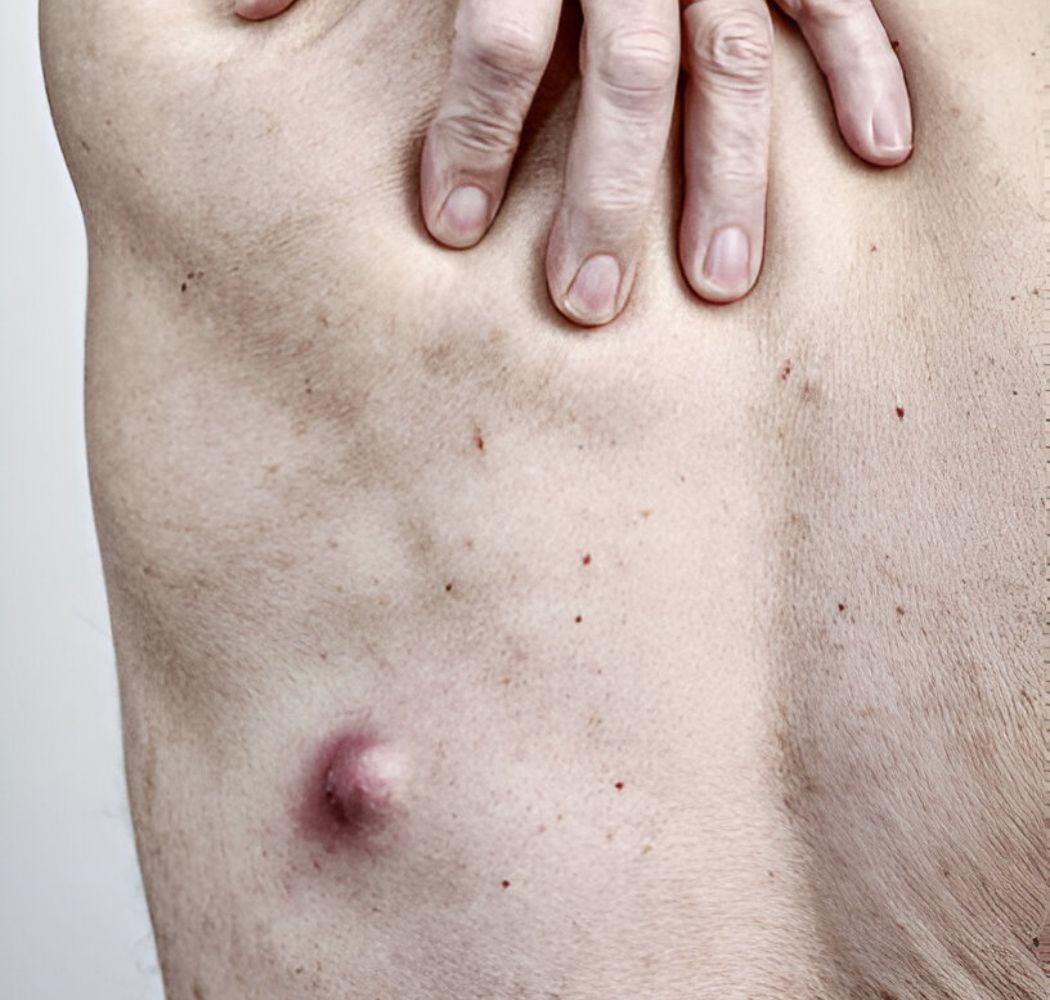
Cyst Removal
Price on consultation
A skin cyst is a round, noncancerous lump that forms under the skin and can contain fluid, pus, or other material.
Price: From £350
(Price For Per Treatment)
We would recommend booking around 30 minutes from your schedule to allow enough time for the practitioner to fully consult with you, as well as numb the area in preparation for the treatment. You will be able to go back to your usual daily activities directly following treatment.


